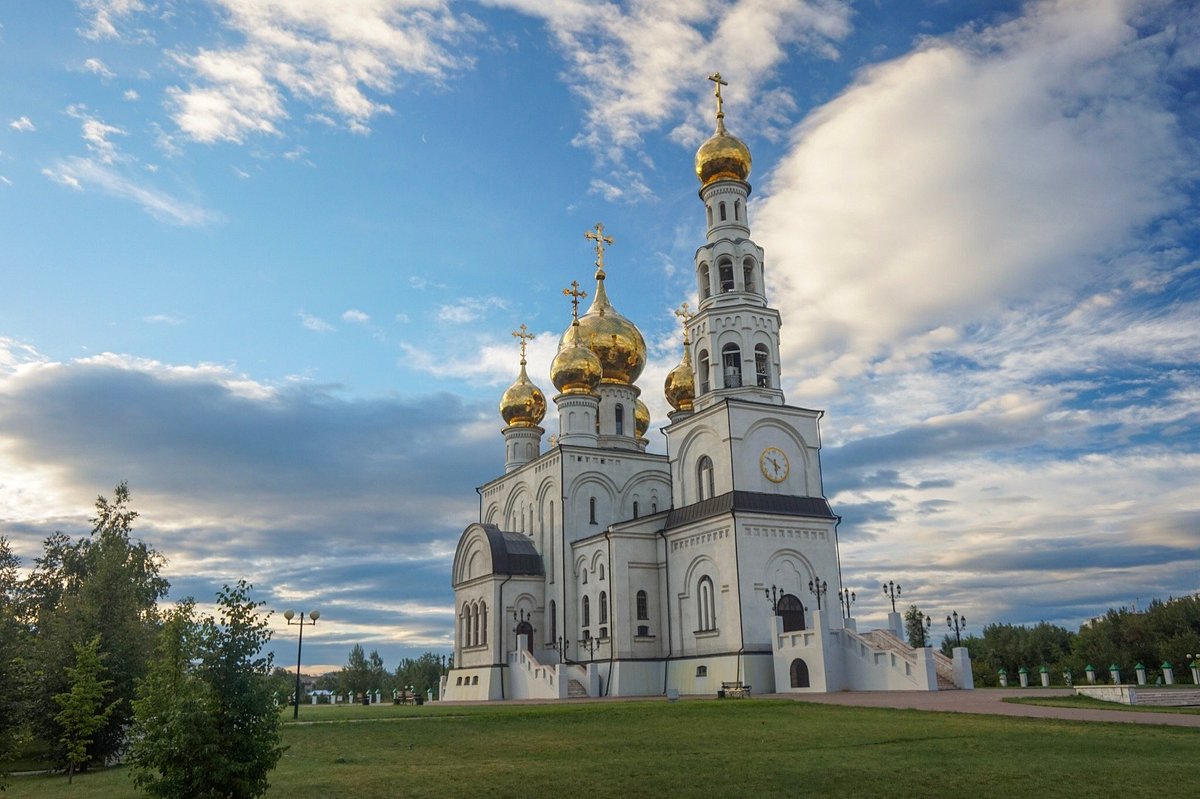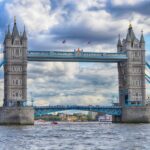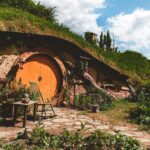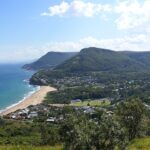Quick Bits:
Abakan sits quietly in the southern cradle of Siberia. As the capital city of the Republic of Khakassia, it stands on the Yenisei River, surrounded by rolling hills and expansive steppe. Its name comes from a local river, once called Abakhan, which in Turkic means “Bear’s Blood.” Though modest in size, Abakan surprises with a rich cultural mix, history steeped in ancient civilizations, and an inviting rhythm that contrasts with Russia’s larger urban centers.
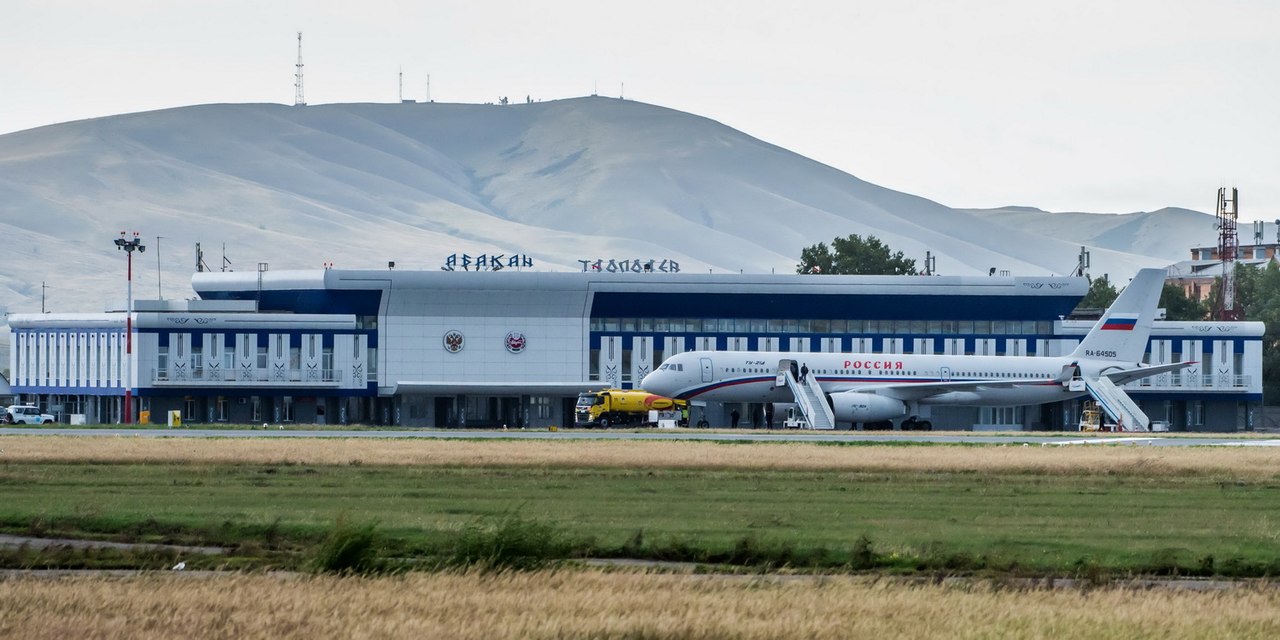
Image by: Vladimir Pochekutov – Via Wikipedia
Key Highlights
- Capital of the Republic of Khakassia
-
Population around 180,000
-
Intersection of Russian and Turkic cultures
-
Gateway to Sayan Mountains and Khakassky Nature Reserve
-
Home to one of Russia’s top open-air archaeological museums
-
Unique stone sculptures and ancient burial mounds dot the landscape.
General Information
Language: Russian and Khakas (a Turkic language)
Currency: Russian Ruble
Time Zone: Krasnoyarsk Time (UTC+7)
Main Industries: Metalwork, timber, agriculture, light manufacturing, tourism
Transportation:
-
Abakan International Airport connects with Moscow, Novosibirsk, and Krasnoyarsk
-
Trains and buses operate regionally and beyond
-
Inner-city public transport includes buses and minibuses
Life in Abakan moves slowly. It lacks the rush of Moscow or St. Petersburg, making it ideal for explorers drawn to local culture and natural landscapes. Locals are warm, and hospitality is a proud trait. Tourists often note how clean and green the city appears.
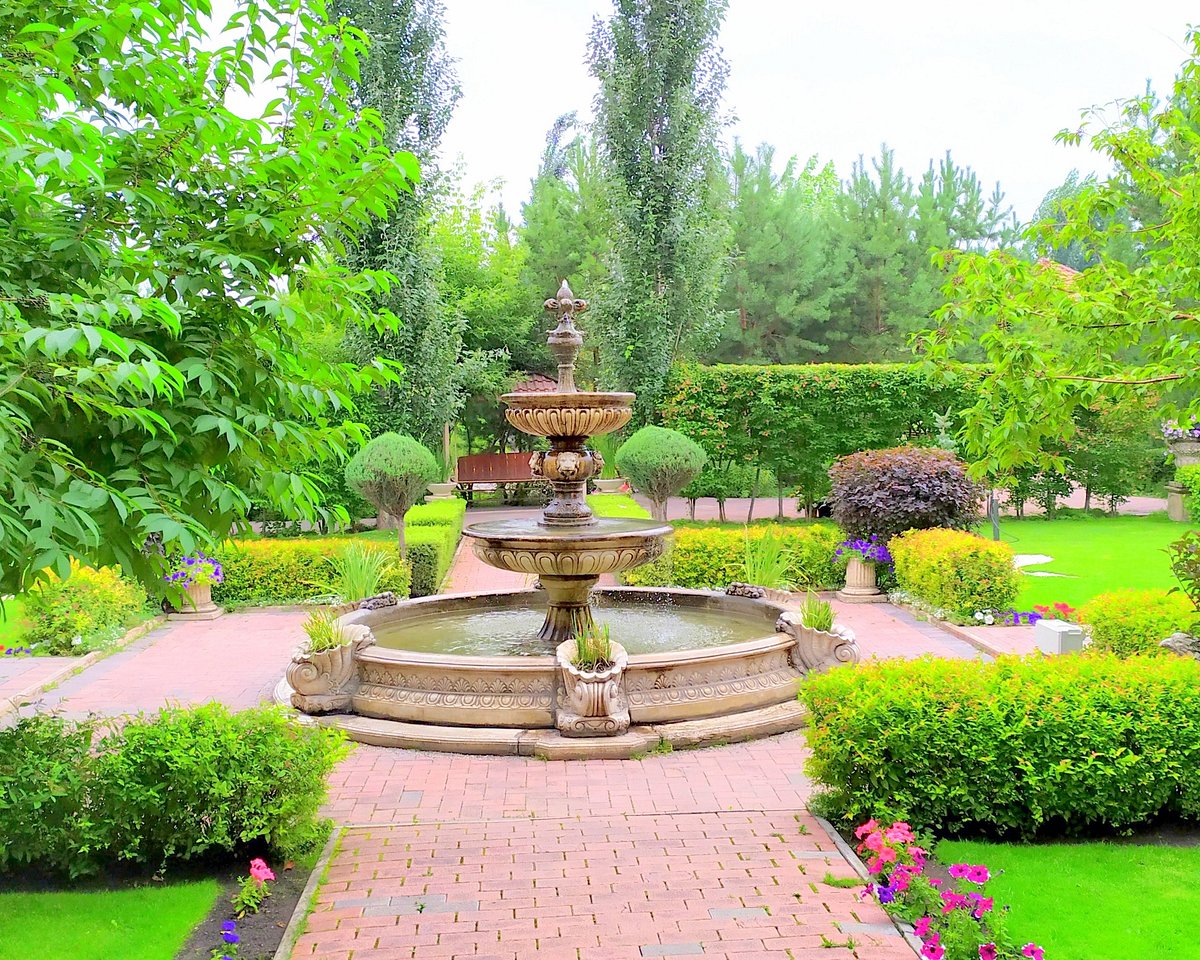
Image by: Виктор Р – Via Tripadvisor
Geography Information
Abakan sits at the confluence of the Abakan and Yenisei Rivers. At an elevation of 250 meters, it lies on the edge of the Minusinsk Hollow, a fertile basin surrounded by the low peaks of the Sayan Mountains.
Geographical Coordinates:
-
Latitude: 53.7200° N
-
Longitude: 91.4300° E
To the south and west, taiga forests rise toward the Sayan ridges. To the north, steppe and mixed forest define the land. This location gives Abakan a unique climate mix of continental heat and Siberian chill.
The surrounding region is peppered with lakes, grasslands, and archaeological sites. The terrain invites hikes, nature drives, and day trips that stretch deep into the past and wild.
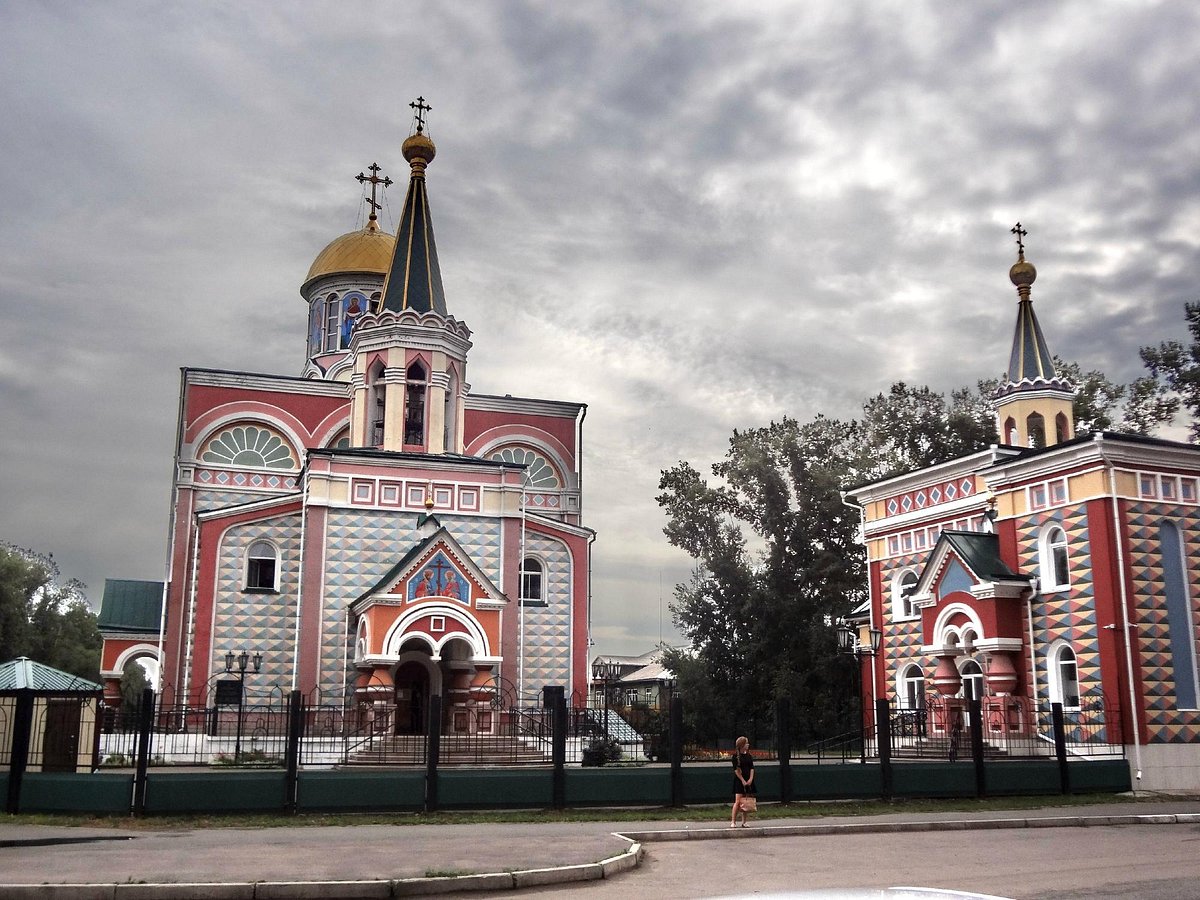
Image by: nskbogat – Via Tripadvisor
Places to Visit
Khakass National Museum of Local Lore
This museum offers rich insights into Khakas traditions, shamanism, and nomadic culture. Exhibits feature traditional clothing, tools, and crafts.
Top Miniature Park
A family-friendly stop, this open-air museum showcases tiny versions of famous Russian and global monuments. Kids and adults both love the playful format.
Salbyk Mound
One of Russia’s most mysterious archaeological sites, this massive burial mound lies north of the city. Built by the Tagar culture over 2,000 years ago, it resembles Stonehenge with its giant upright stones.
Dream Gardens Park (Park Topolyovaya Roshcha)
This sprawling city park holds the title of the greenest space in Abakan. It features flower beds, sculptures, tree-lined paths, and a relaxed feel.
Khakassky Nature Reserve
Covering over 300,000 hectares, this biosphere reserve protects wetlands, steppe, mountain tundra, and taiga. Wildlife includes moose, lynx, and cranes. The Itkul Lake section is particularly scenic.
Monument of Glory
A major landmark, this memorial honors those who served in the Second World War. From its hilltop perch, it offers sweeping views of the city.
Abakan Art Gallery
Housed in a modern building, the gallery features both traditional Khakas art and contemporary Russian works. A small café inside adds to its charm.
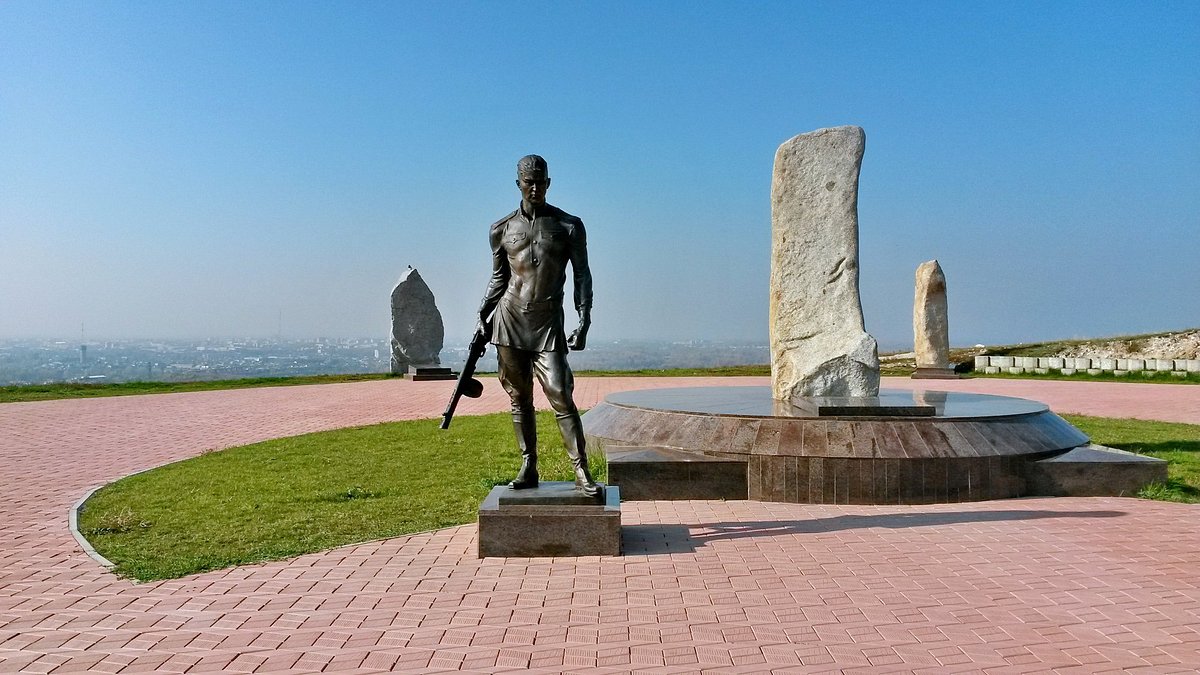
Image by: 21jein – Via Tripadvisor
Yearly Climate
Abakan’s climate follows a typical Siberian continental pattern with sharp temperature changes. Winters are long and cold. Summers are warm and dry.
| Season | Temperature Range | Notes |
|---|---|---|
| Winter (Nov–Mar) | -25°C to -5°C | Heavy snow, crisp air |
| Spring (Apr–May) | -5°C to +18°C | Blooming trees, quick thaw |
| Summer (Jun–Aug) | +15°C to +32°C | Warm, sunny, occasional rain |
| Autumn (Sep–Oct) | +10°C to -10°C | Colorful foliage, cooling fast |
Precipitation peaks in late summer but remains moderate overall. Snow cover lasts from November through March. Clear skies and dry air dominate most of the year.
Best Time of Year to Visit
Late May to Early July strikes the best balance. During this window, Abakan enjoys:
-
Blooming parks and gardens
-
Dry, comfortable weather
-
Festivals and cultural events
-
Accessible outdoor attractions
Autumn, especially mid-September, offers golden leaves and fewer tourists. Photography lovers favor this time for stunning contrasts between steppe and mountain.
Winter travel is best for those comfortable in cold conditions. Nearby ski trails and traditional festivals reward the effort, though layers and preparation are key.
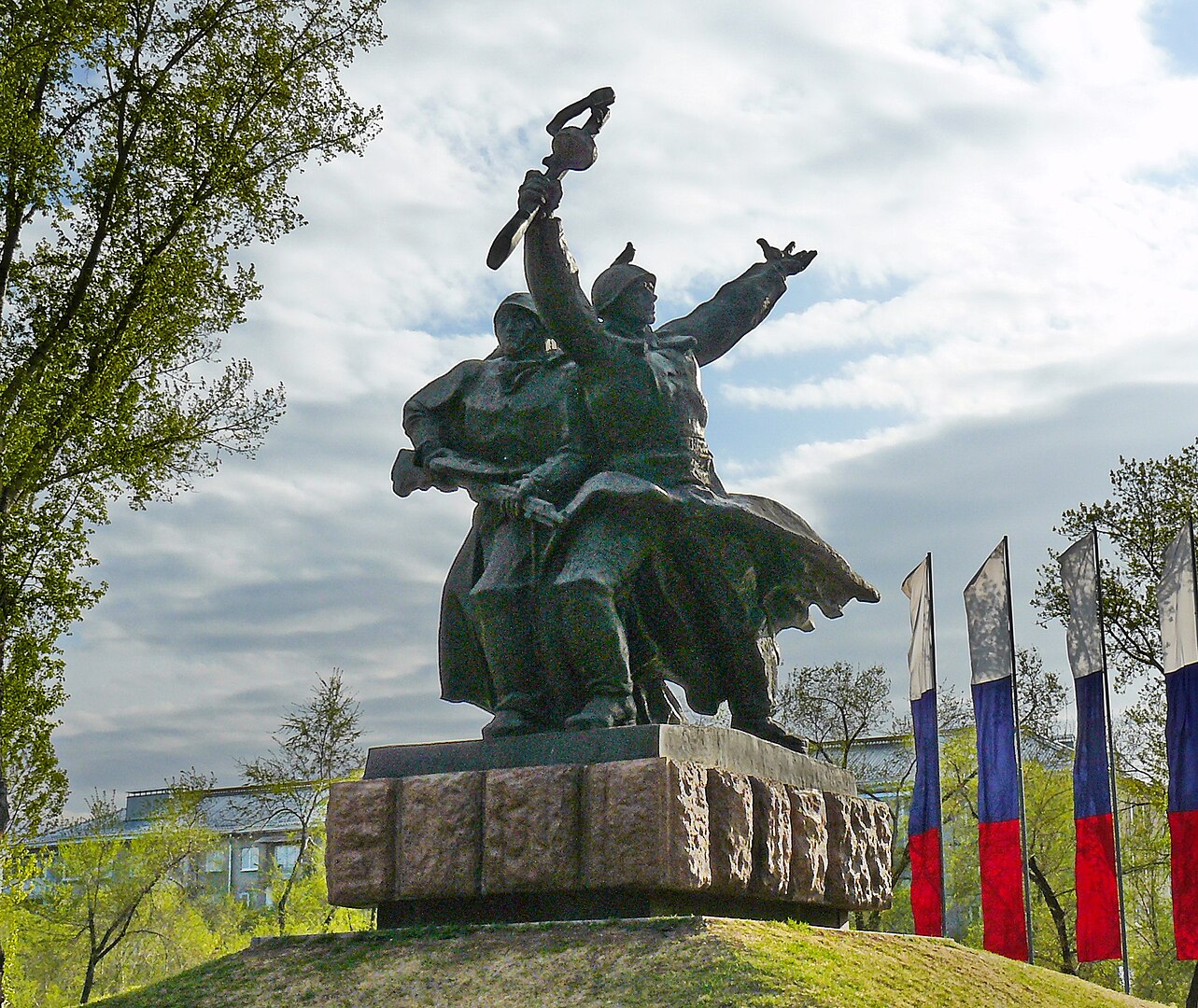
Image by: Annenkoan – Via Wikipedia
In Summary…
Abakan stands apart. Tucked deep in southern Siberia, it reveals a Russia not seen in guidebooks. Ancient spirits linger in burial mounds. Rivers meet beneath the city’s quiet bridges. Mountains rise in the distance, and parks line streets built for walking.
It is not fast. It is not loud. Abakan thrives in its own rhythm. That’s what makes it worth seeing.
For travelers who chase places still holding mystery, still keeping roots in their soil, Abakan opens its gates.

